Breeding
 BETWEEN
BETWEEN 
the Lines
Breeding
 BETWEEN
BETWEEN 
the Lines
Why Interracial People Are
Healthier and More Attractive
Alon Ziv

Published by Barricade Books Inc.
185 Bridge Plaza North
Suite 308-A
Fort Lee, NJ 07024
www.barricadebooks.com
Copyright 2006 by Alon Ziv
All Rights Reserved.
No part of this book may be reproduced, stored in a retrieval system, or transmitted in any form, by any means, including mechanical, electronic, photocopying, recording, or otherwise, without the prior written permission of the publisher, except by a reviewer who wishes to quote brief passages in connection with a review written for inclusion in a magazine, newspaper, or broadcast.
Library of Congress Cataloging-in-Publication Data
Ziv, Alon
Breeding between the lines: why interracial people are healthier and more
attractive/ Alon Ziv; with an introduction by Jay Phelan
p. em.
ISBN 1-56980-306-4 (pb.)
Racially mixed people. 2. Miscegenation. 3. Human genetics. I. Title.
HT1523.Z58 2006
305.8dc22
2006042622
First Printing
Designed by India Amos, Neuwirth & Associates, Inc.
Manufactured in the United States of America
Foreword
A BOUT A HUNDRED and fifty years ago, Charles Darwin published The Origin of Species, smashing sacred ideas held by most of the world. Species could and did change over time and Darwin detailed the mechanism by which this occurred and was still occurring. The implications of his ideas extended far beyond the small community of scientists; they mattered to the general public. To this day, even in the midst of controversy and the continuing difficulties many have in accepting these truths, Charles Darwins name and his ideas are known to virtually everyone.
The name Robert Bakewell does not elicit any such recognition. Yet nearly a hundred years before publication of The Origin of Species, Bakewell was already using the idea of evolution by natural selection. Bakewell revolutionized the practice of breeding animals, particularly the practice of selective breeding in order to improve particular features within a population. As the first to breed cattle for food, he made huge gains in improving their size and taste. Before Bakewell, the average bull weighed about 370 pounds. As a direct result of the techniques he developed, the average bull weight was more than doubled! He made similarly dramatic advances changing the very biology of sheep as well. None of his work was possible without an understanding of natural selection. But the world beyond practicing animal breeders continued on, contentedly holding ideas about the immutable nature of species that were absolutely inconsistent with the truths revealed in Bakewells work.
This was not the first time that there was a disconnect between what non-scientists and scientists knew on an important issue, but it illustrates how dramatically out of step the worlds of scientists and non-scientists can be. In this case, the disconnect can probably be attributed to the fact that Robert Bakewell was interested less in the propagation of ideas and more in the propagation of animals. Whatever the cause, though, it mattered little to Bakewell that a formal, abstract description of what he was doing and why it could work did not exist. That was irrelevant. All that mattered was that it worked.
Today, there is a disconnect between scientists and non-scientists on the topic of race. On the one hand, the conventional wisdom among biologists is that race is not a useful concept. There is, they note, too much variation within any one race, to make comparisons among different races. Yet throughout the world, race is acknowledged and used in a variety of ways, most notably on official government census forms and numerous large-scale public health studies. This book is an important step in addressing the disconnect.
Breeding Between the Lines is a dangerous book. Alon Ziv marshals the data that demonstrate the significant value of the concept of race in biomedical research. The data cannot be ignored simply because they are inconvenient for the current scientific dogma or because their political implications are divisive. But Breeding Between the Lines is a responsible book as well. Although he is not afraid to follow the data no matter where they lead, Alon also clearly addresses the limitations of the concept and takes a very even-handed approach. He has no agendas other than the truth and avoids the common pitfalls of overzealous analysis.
Writing about the biology of race requires appreciation of subtleties and critical nuances in the understanding of genetics, evolution, and physiology. In his work at UCLA, Alon Ziv has shown himself to be an accomplished educator in these disciplines, receiving accolades from his students not just for his deep understanding of the topics, but for his ability to generate and convey complex ideas in a focused and articulate way. Indeed, Breeding Between the Lines is that rare book that is at once insightful and revolutionary, while remaining compulsively readable and downright fun. We should be so lucky as to have a guide like Alon for all forays into deeply important but technically complex issues.
JAY PHELAN
Los Angeles, California
May 2006
Breeding
 BETWEEN
BETWEEN 
the Lines
Your Wedding Night
QUESTIONING WHAT OUR PARENTS TAUGHT US
I MAGINE ITS YOUR wedding night. The ceremony is over, and the guests have all gone home. You and your sweetheart are alone in a honeymoon suite filled with flowers and champagne. Youre looking forward to a night of romance and passion with your soul matethe person with whom you want to spend the rest of your life. You kiss, and as your eyes meet, you are filled with love and happiness. You kiss again. And again. As things start to heat up, you move over to the bed.
Now imagine the person slipping in between the sheets with you is your sibling.
How did your feelings change? Most likely, you started off feeling warm, romantic, and a little excited, but you ended up with a sick feeling in the pit of your stomach. The concept of incest is repulsive. We find it both disgusting and morally wrong.
Why do we have such strong and visceral feelings about incest? Our response is so deeply ingrained that we rarely question it, but for the answer we need look no further than television. Specifically to The X-Files. An episode from the fourth season titled Home revolves around the Peacocks, a family that has engaged in multiple generations of close incest. As a result, family members are grotesquely deformed, mentally deficient, and homicidally violent. The Peacock sons spend most of their time skulking in the shadows, bludgeoning people to death, and having sex with their crippled mother (on her orders). Viewers found the episode so disturbing it was never rerun on broadcast television. (If you are interested, it is available on video and DVD.)
Next page

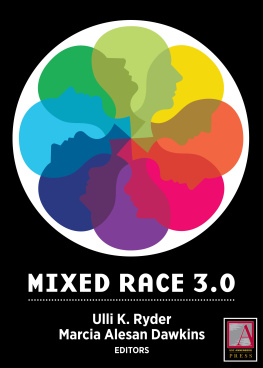
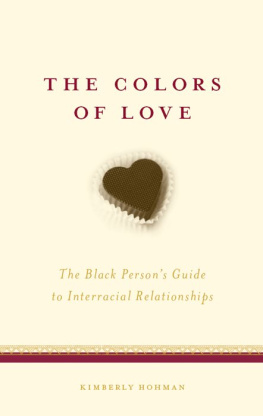
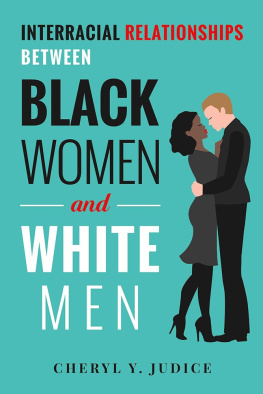

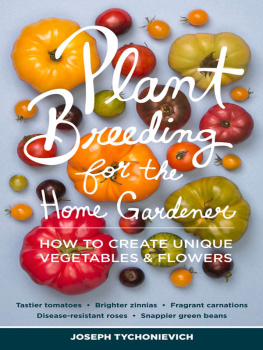

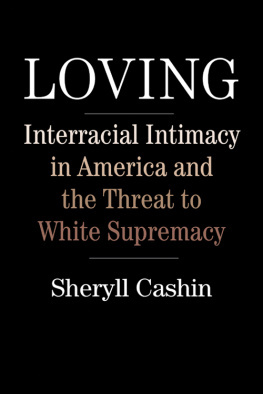
 BETWEEN
BETWEEN 
 BETWEEN
BETWEEN 

